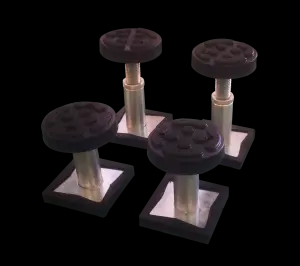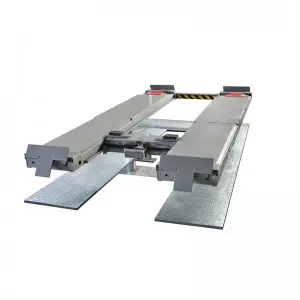Cylinders have been an integral part of human innovation and engineering for centuries. These versatile geometrical shapes, characterized by their curved surface and two identical circular bases, have a wide range of applications across various fields, from everyday objects to complex machinery. In this article, we delve into the intricacies of cylinders and shed light on their multifaceted uses.
One of the most common applications of cylinders is seen in the realm of transportation. The internal combustion engines found in cars, motorcycles, and other vehicles often rely on cylindrical chambers known as cylinders. Within each cylinder, a piston moves back and forth, converting fuel energy into mechanical power. This process propels the vehicle forward, making cylinders an essential component of the transportation industry.
Cylinders also find extensive use in the construction and architecture sectors, primarily in the form of concrete cylinders. Concrete, a mixture of cement, aggregates, water, and additives, is often poured into cylindrical molds to create sturdy and durable pillars, columns, and support structures. These concrete cylinders distribute the weight evenly, ensuring the stability and integrity of buildings and infrastructure.
Furthermore, cylinders play a pivotal role in the world of fluid dynamics. Pumps and engines that depend on fluid pressure often incorporate cylindrical components to facilitate the movement and transfer of fluids. Hydraulic cylinders, for example, utilize the force of a confined fluid to generate linear motion, enabling heavy machinery and equipment to lift or move large loads with ease. Similarly, pneumatic cylinders use compressed air to create mechanical motion, commonly found in applications such as robotics and manufacturing.

Exploring the Fascinating World of Cylinders and Their Multifaceted Applications
The field of optics also makes valuable use of cylinder-shaped objects. Lens manufacturing relies on cylindrical lenses to correct astigmatism, which occurs when the cornea or lens of the eye has an irregular curvature. By using cylinders with specific refractive properties, opticians can correct this condition and ensure sharper and more accurate vision for individuals with astigmatism.
In addition to their functional uses, cylinders have made their way into the world of art and design. Artists and sculptors often utilize cylindrical shapes to create aesthetically pleasing and visually striking artwork. The smooth, symmetrical surface of cylinders allows for endless possibilities of creativity, making them a preferred choice for many artists.
Cylinders are not limited to just man-made creations; they can also be found abundantly in nature. From the towering trunks of trees to the delicate stalks of flowers, cylindrical shapes are prevalent in the plant kingdom. These naturally occurring cylinders provide structural support and transport fluids within plants, contributing to their growth and survival.

Exploring the Fascinating World of Cylinders and Their Multifaceted Applications

Exploring the Fascinating World of Cylinders and Their Multifaceted Applications
In conclusion, cylinders are extraordinary objects that have greatly influenced human life in more ways than we can imagine. From transportation to construction, fluid dynamics to optics, and even art and nature, cylinders have proven their versatility and indispensability. With their unique geometrical structure and manifold applications, cylinders continue to shape our world and drive innovation forward.k Lift Accessories
